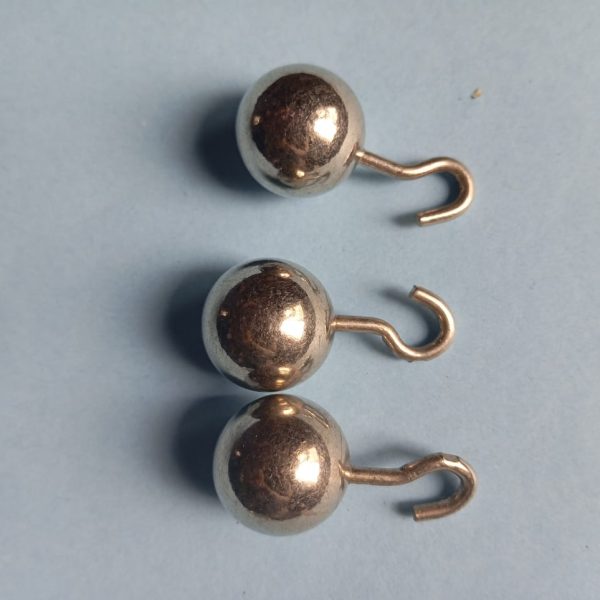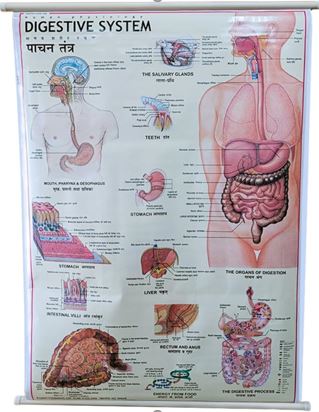Digestive Chart
A digestive chart is a visual representation or diagram that illustrates the process of digestion in the human body. It typically shows the organs involved, the path of food, and how food is broken down and absorbed.
Key features:
-
Structure: The chart often includes labeled images or illustrations of the digestive organs, such as:
-
Mouth (where food enters and is mechanically broken down).
-
Esophagus (tube that moves food to the stomach).
-
Stomach (where food is chemically digested with gastric juices).
-
Small intestine (primary site for nutrient absorption).
-
Large intestine (absorbs water and forms waste).
-
Accessory organs like the liver, gallbladder, and pancreas, which aid in digestion.
-
-
Content: Describes the digestive process step by step, including mechanical digestion (chewing, churning) and chemical digestion (enzymes, bile).
-
Purpose: Used as an educational tool to help understand how the digestive system works, including the breakdown of food into nutrients that the body can absorb.
Use in Education:
-
Classroom teaching for biology or health lessons.
-
Medical training for understanding human anatomy and physiology.
A digestive chart is a helpful, visual aid for explaining the complex processes of digestion in a clear, easy-to-understand format.





